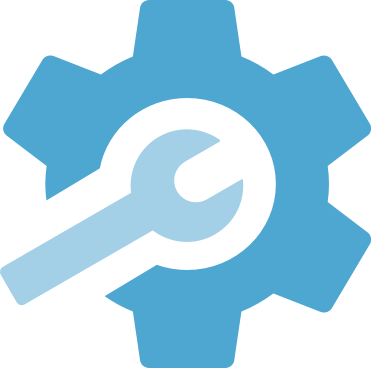We can build software in a project setting or in a software factory setting (Mechelen or client-side). Independent of the actual setting, every software endeavour should take the following steps to deliver value in a controlled manner.

During this first phase we will use interview, brainstorm and possibly game-storm techniques to document the business case, the product scope, an order-of-magnitude estimate, and/or other relevant project information. The idea is to do enough investigation to form a rational, justifiable opinion of the overall purpose and feasibility of the potential new system, and decide if it is worthwhile to invest in deeper exploration (the purpose of the inception phase).

Inception will further elaborate the initial business vision. Our consultants will use methods and techniques that suit the needs of the particular project. When automating administrative processes we document business processes & rules, the domain model of the things that require automating and solution requirements, project constraints and delivery schedule. In case of a mobile solution, screen mockups definitely kick in. After this phase the customer has the information to take an informed “go” or “no go implementation” decision.

In this phase the requirements from the inception phase are broken-down into functional and technical units-of-work. The units-of-work will flow through a pre-defined process, actual progress is measured and reported to the customer. The team will adopt agile, lean and other best practices to build quality software in an effective way. Your feedback on the units-of-work is essential just before actual development. Just after actual development and a swift quality from our side, we will ask to you to test the corresponding software increment. Therefore small software increments are released frequently. This phase will deliver a quality solution in a controlled manner.

Transition will move your new software into a production environment in a controlled manner. We can assist customers that decide to host the software themselves (DIY) and customers that host the software as a service (SAAS). We will transfer knowledge and documents and help the customer to get started with the new software.
When working on IT projects, a lot can go wrong. JIDOKA helps customers who already have begun a project but bump into certain unexpected problems.
Problems are roughly divided into 2 categories:

The software quality is poor
The software is not user-friendly
The software can not handle peak times

The project is behind schedule
The project does not deliver the requirements that the stakeholders expect
The development team has no supported development approach
Please contact Patrick Hellemans directly or fill in the online form.